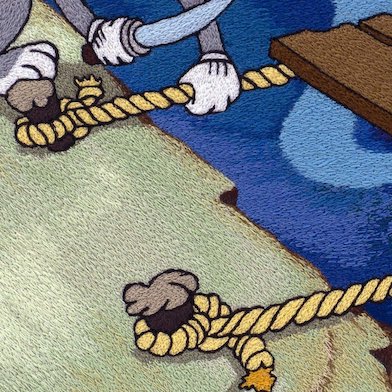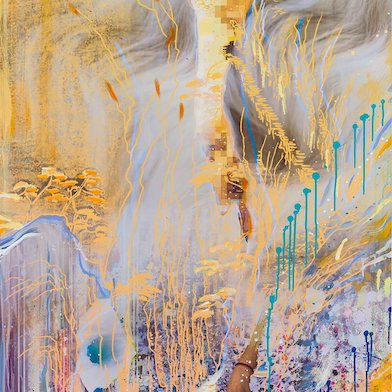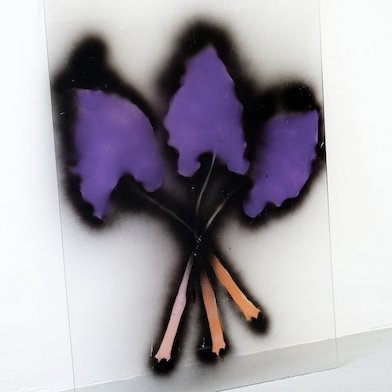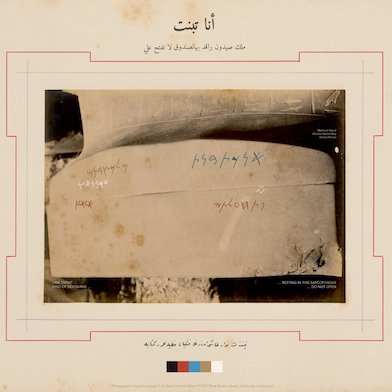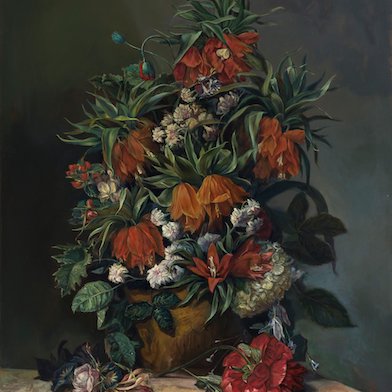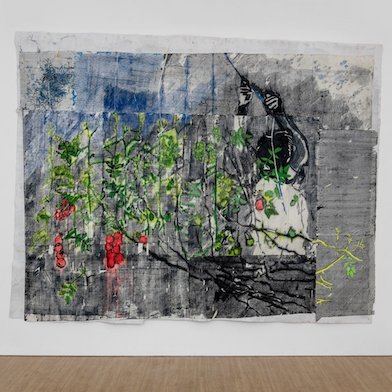Open: Tue-Sat 11am-6pm
Visit
Dennis Hopper: Morocco Paintings
parrasch heijnen, Los Angeles
Sat 8 Feb 2020 to Sat 21 Mar 2020
1326 S Boyle Avenue, CA 90023 Dennis Hopper: Morocco Paintings
Tue-Sat 11am-6pm
Artist: Dennis Hopper
“Pieces of walls, floors, man-made objects, with human surface scratchings — brief and temporary, like life itself, yet clear and precious.”
- Dennis Hopper on the Morocco Paintings
Parrasch Heijnen Gallery presents Dennis Hopper: Morocco Paintings, a selection of works from the eponymous series and the gallery's first solo exhibition by the legendary Los Angeles artist, photographer, film director, and actor.
Artworks
Added to list
Done
Removed
Installation Views
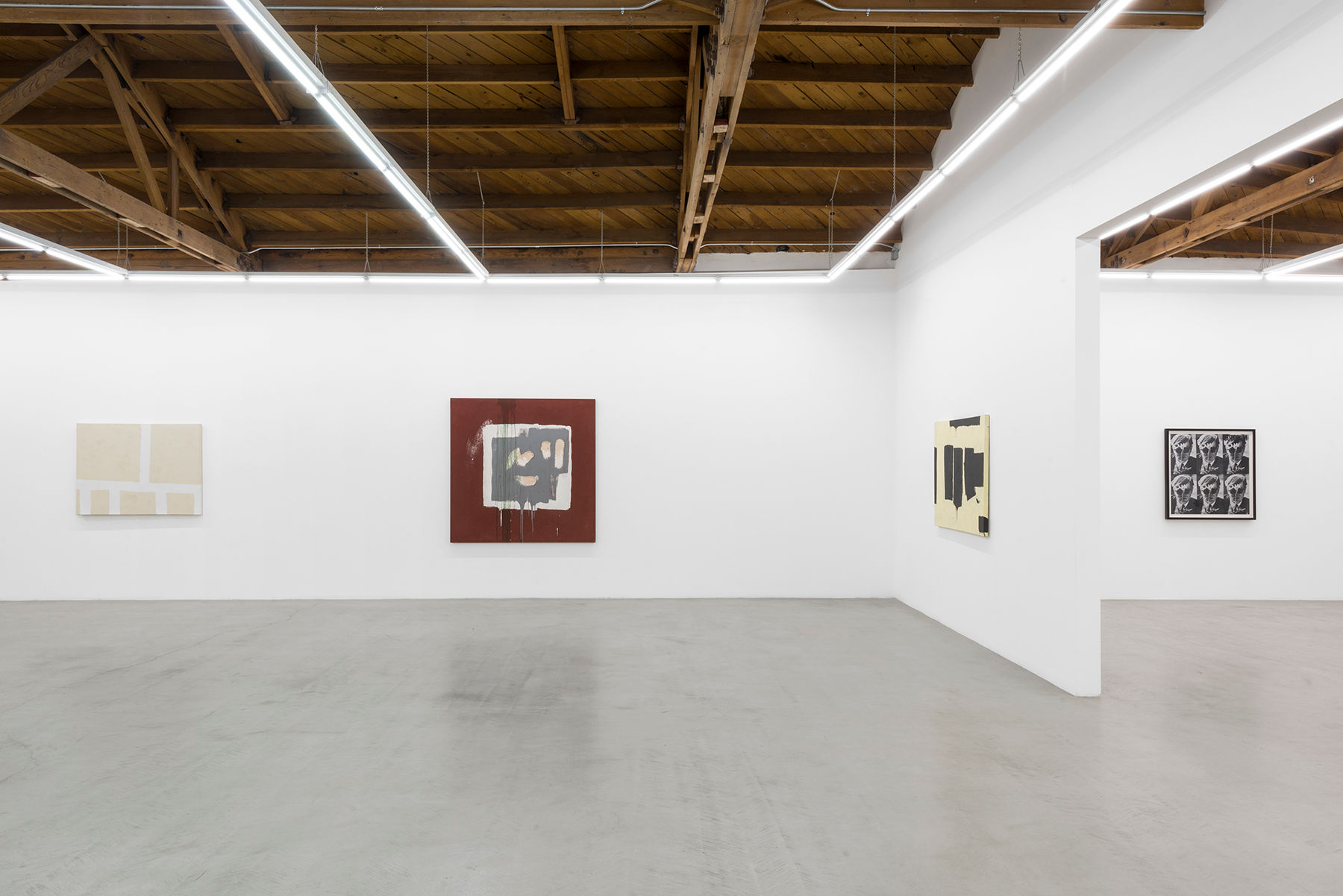
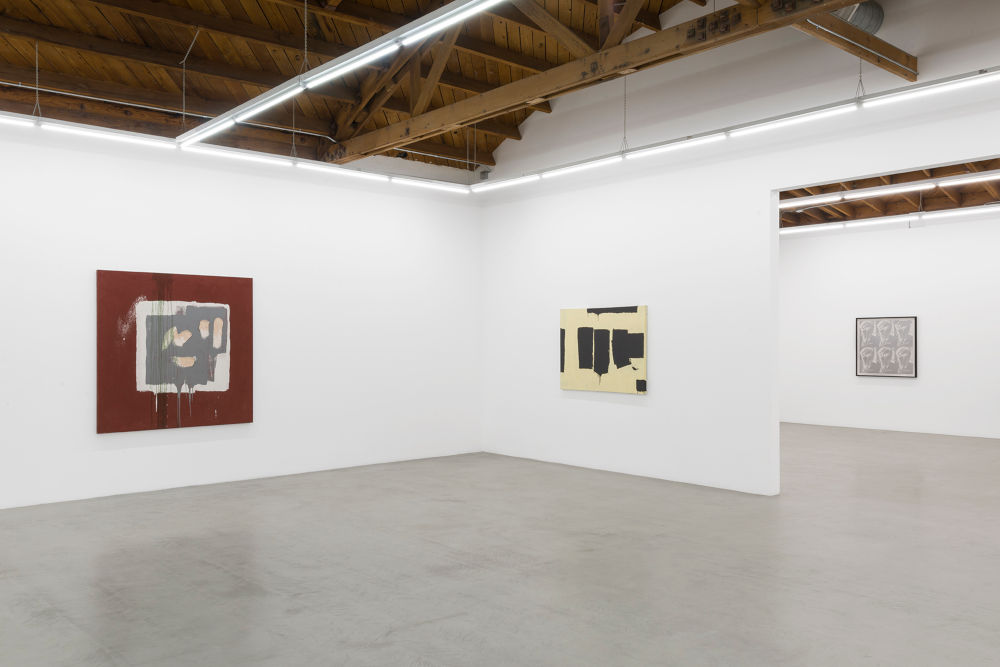
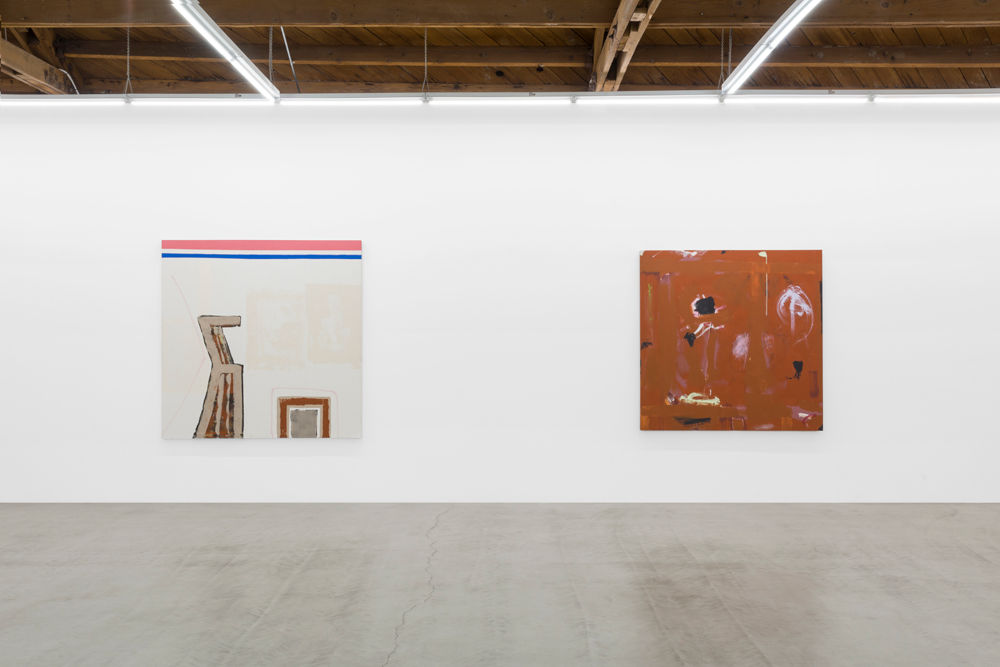
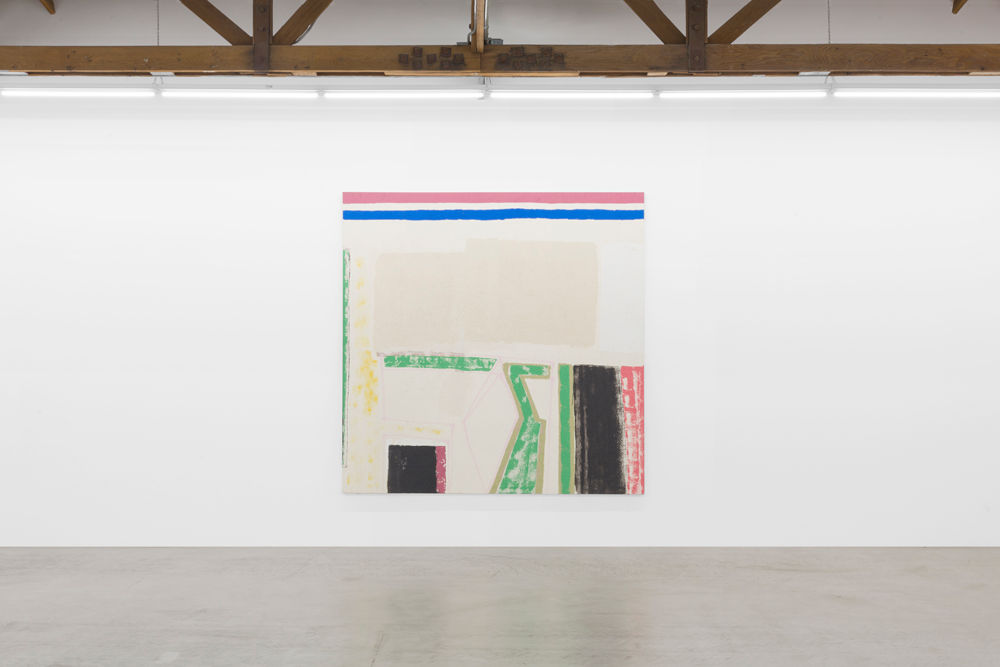
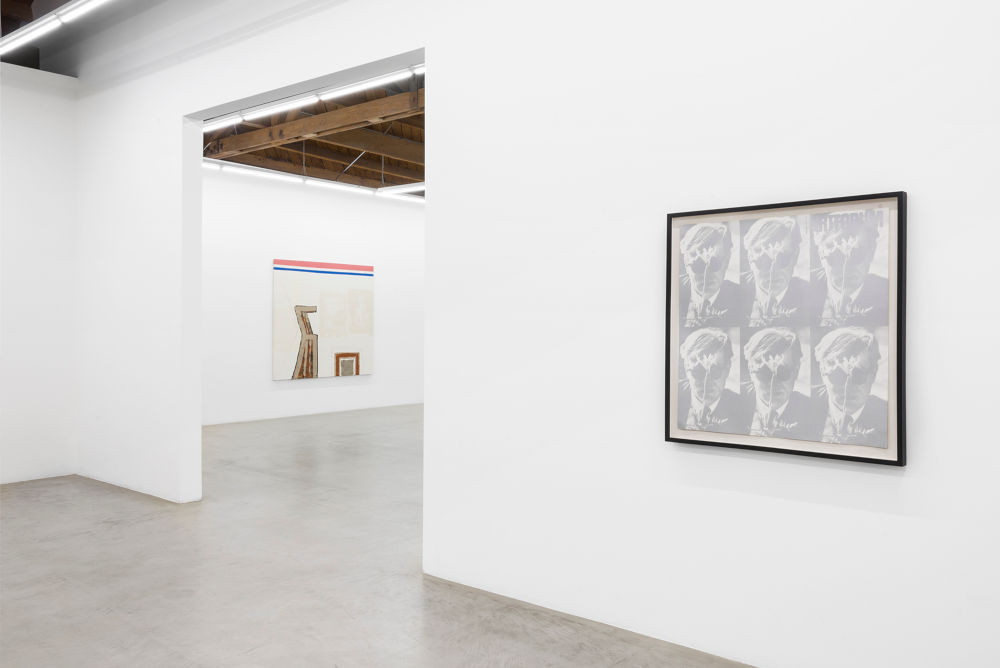
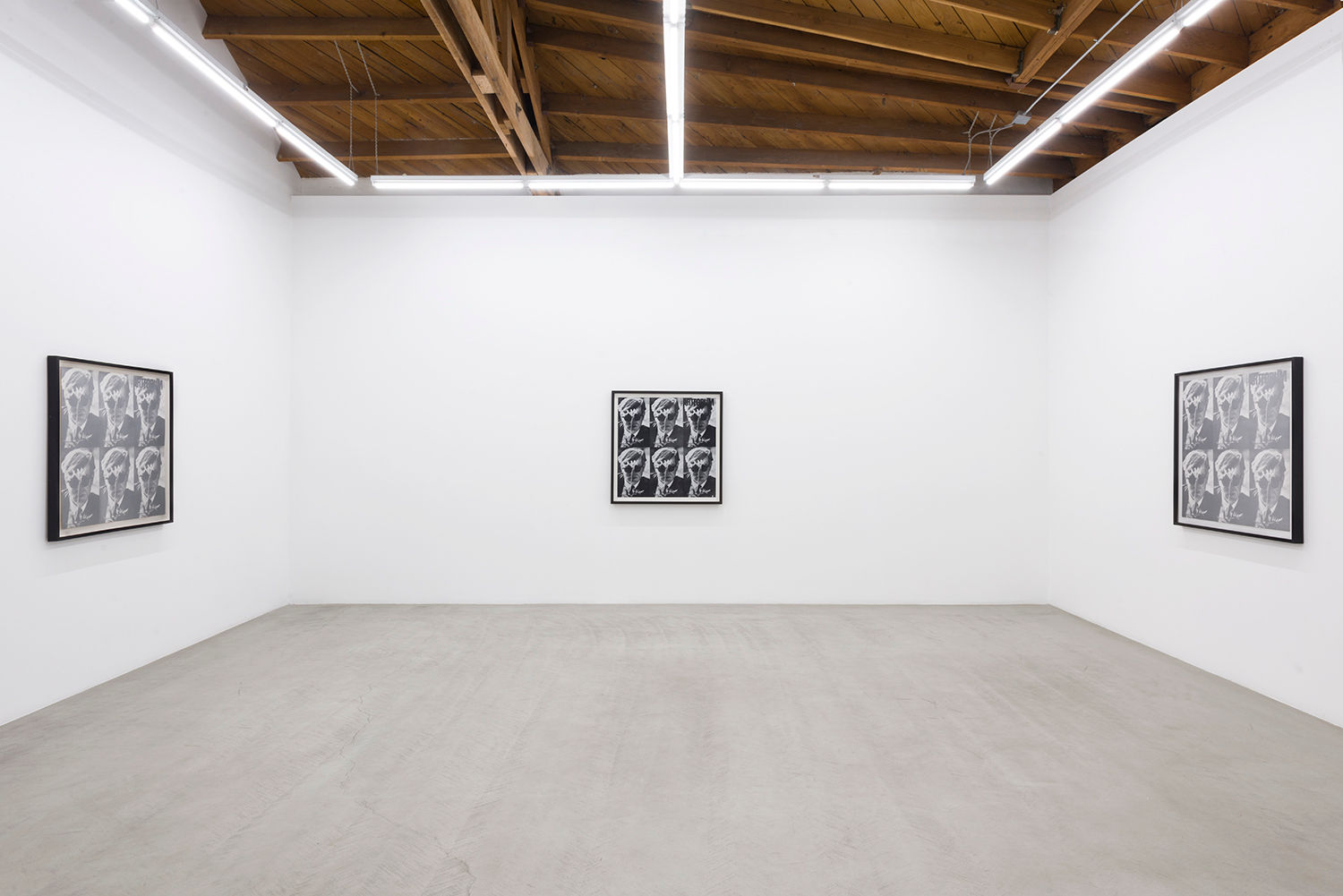
Dennis Hopper (b. 1936 Dodge City, KS, d. 2010 Venice, CA) began his painting practice in earnest during the mid-1950s. Encouraged by friend and fellow actor James Dean, Hopper created multi- layered paintings in an abstract expressionist language. In the late 1950s, actor and art collector Vincent Price focused Hopper’s attention on works by artists in his personal collection including Willem de Kooning, Jackson Pollock, and Richard Diebenkorn, whom Hopper considered “the most important American painter.” Hopper’s own paintings at this time were characterized by thick application of oil paint, gritty, almost sand-like in texture and density. Only two pieces from this period remain after a fire at Hopper’s Bel Air studio in 1961 destroyed close to 300 works; despite this setback, Hopper continued seeking new modes of artistic expression. The ideas he gleaned from friendships with Marcel Duchamp and Andy Warhol, as well as Los Angeles-based artists such as Wallace Berman, George Herms, and Ed Kienholz contributed to the development of his core visual perspective. Hopper’s work in the early 1960s was characterized by assemblage and included readymade objects in a Dada-esque expression.
Hopper returned to painting in the early 1980s following a prolonged break from his practice. In the early 1990s, Hopper produced a major body of photo-collaged paintings in direct response to Colors, the controversial film drama he directed in 1988 which took place amidst gang violence and police interactions in South Central Los Angeles. While scouting film locations, Hopper photographed South Central’s graffiti-covered walls. Using this imagery as a referential platform, Hopper then interpreted these photographs of wall surfaces into paintings, combining them with enlarged images of outtakes from Colors that depict tense, potentially violent scenarios.
While filming in various locations in Morocco from 1991 to 1996, Hopper painted continuously. The Morocco Paintings (1991-1994), are a result of the artist’s focused absorption of the infinitesimal details of walls and architecture in-and-around Ouarzazate, Marrakech, and the coastal town of Essaouira. Hopper used the painted canvas in the same manner as a photographer would use a lens: likening the surface of the canvas to the flatness of the wall, he depicted striking imagery of minutiae that he observed in the Moroccan vernacular. The Morocco Paintings reveal intimate attention to details that are often overlooked: the varied texture of stucco, deteriorating pictures, writing, and graffiti, and the chipping and resurfacing of paint. Working from both personal memory and photographs, Hopper re-imagined the surfaces that he had seen, retaining their chromatic variations and graphic, bold design. The resulting works explore the flat surface motif prevalent in Hopper’s photography since the 1960s, referred to by Hopper as “abstract realities,” by positioning walls and objects lacking depth of field as analogous to the surface of a painting. The Morocco Paintings, which record evidence of recent human activity in relation to the historical transformations of these surfaces, reveal abstract landscapes constructed through Hopper’s intentional cropping of layers and elements in each chosen image. Likewise, the Morocco Paintings constitute Hopper’s response to Abstract Expressionism: “I was attacking like an action painter, but I was also using other things, references, and I was thinking of them as landscapes and not so much as abstract painting.”
Concurrently on view in the gallery’s front space is a selection of works from a rare series of serigraphs Hopper created in 1988 based upon his iconic photograph of Andy Warhol that appeared on the December 1964 cover of Artforum.
Dennis Hopper was born in 1936 in Dodge City, KS, and died in 2010 in Venice, CA. His directorial efforts for the film Easy Rider (1969) received a cult following. Hopper is most well-known for his on- screen performances in Rebel Without A Cause (1955), Apocalypse Now (1979), Blue Velvet (1986), and Speed (1994). Solo exhibitions of Hopper’s paintings, drawings, and photographs include Exhibition of the Installation Bomb Drop, Pasadena Art Museum (1968); Dennis Hopper: From Method to Madness, Walker Art Center, Minneapolis (1987-1988, exhibition traveled to Film Forum, New York; Institute of Contemporary Art, Boston; Cleveland Institute of Art; Museum of Fine Arts, Houston; Pacific Film Archives, Berkeley); Photographs and Paintings, 1961-1993, Galerie Thaddaeus Ropac, Paris (1992-1993, exhibition traveled to Spielraum für Kunst, Fürth; Württembergischer Kunstverein, Stuttgart; St. Ingbert-Saarland Museum, Saarbrücken; Haus am Waldsee, Berlin; Lenbachhaus, München; Kunsthalle Kiel; Kunstammlung Cottbus, Bradenburg; Sächsischer Kunstverein, Dresden; Schlossmuseum Beeskow; Kunstverein Göttingen); American Pictures 1961–1967, MAK Center, Los Angeles (2000); A Keen Eye, Stedelijk Museum, Amsterdam (2001, exhibition traveled to Mak Museum für Angewandte Kunst, Vienna); Dennis Hopper and the New Hollywood, Australian Centre For The Moving Image, Melbourne (2009); Double Standard, The Museum of Contemporary Art, Los Angeles (2010); L.A. and Friends—Photographs from the 60s, Art District, Le Royal Monceau, Paris (2011); En el camino, Museo Picasso Málaga (2013); Dennis Hopper: The Lost Album, Royal Academy of Arts, London (2014); Dennis Hopper: The Photographer, Värmlands Museum, Karlstad (2016). Hopper’s works are included in the permanent collections of the Metropolitan Museum of Art, New York; Museum of Modern Art, New York; Los Angeles County Museum of Art, Los Angeles; Museum of Contemporary Art, Los Angeles; Carnegie Museum of Art, Pittsburgh; and Walker Art Center, Minneapolis.









